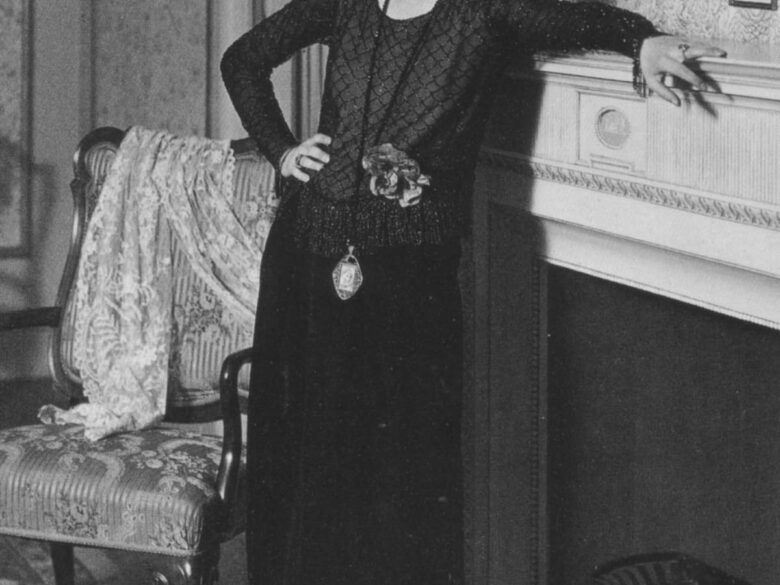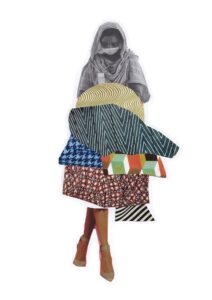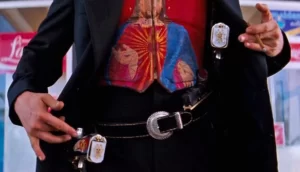Fashion during wars has played a significant role in history, reflecting the impact of conflict on clothing and the adaptation of styles to meet practical needs. Let’s delve into the fascinating world of war-time fashion and its influence on the way people dressed during turbulent times.
During times of war, clothing often becomes a symbol of patriotism and national pride. Citizens rally around the colors and symbols of their nation, leading to an increase in the production and wearing of clothing that displays national emblems.
Moreover, war necessitates changes in fashion to suit the demands of the battlefield. Military uniforms are designed to be functional and protective, providing soldiers with camouflage and durability during combat.
Additionally, fabric shortages during war periods lead to a simplification of clothing designs and the use of alternative materials. Rationing and restrictions on clothing production force people to make do with fewer garments and to repurpose items to make them last longer.
Keep reading about, War-Time Fashion Evolution:
Furthermore, fashion becomes a way for individuals to express their support for the war effort. During World War II, for example, women on the home front embraced utility clothing and the iconic “Rosie the Riveter” look, reflecting their contributions to the war industry.
Transitioning from one conflict to another, fashion evolves alongside the changing landscape of war. As conflicts become more complex, clothing adapts to the needs of modern warfare, incorporating technological advancements and protective gear.
In the aftermath of wars, fashion often reflects the desire for peace and stability. Styles become more vibrant and optimistic, symbolizing hope for a brighter future.
In conclusion, fashion during wars plays a multifaceted role in history, serving as a symbol of national pride, adapting to practical needs, and reflecting the impact of conflict on clothing production.
Embrace the influence of war-time fashion, let its evolution inspire your style choices, and appreciate the resilience of people throughout history in adapting their clothing to meet the challenges of war. As we explore the role of fashion during wars, we recognize the enduring influence of conflict on clothing and its significance in shaping the narrative of history.




